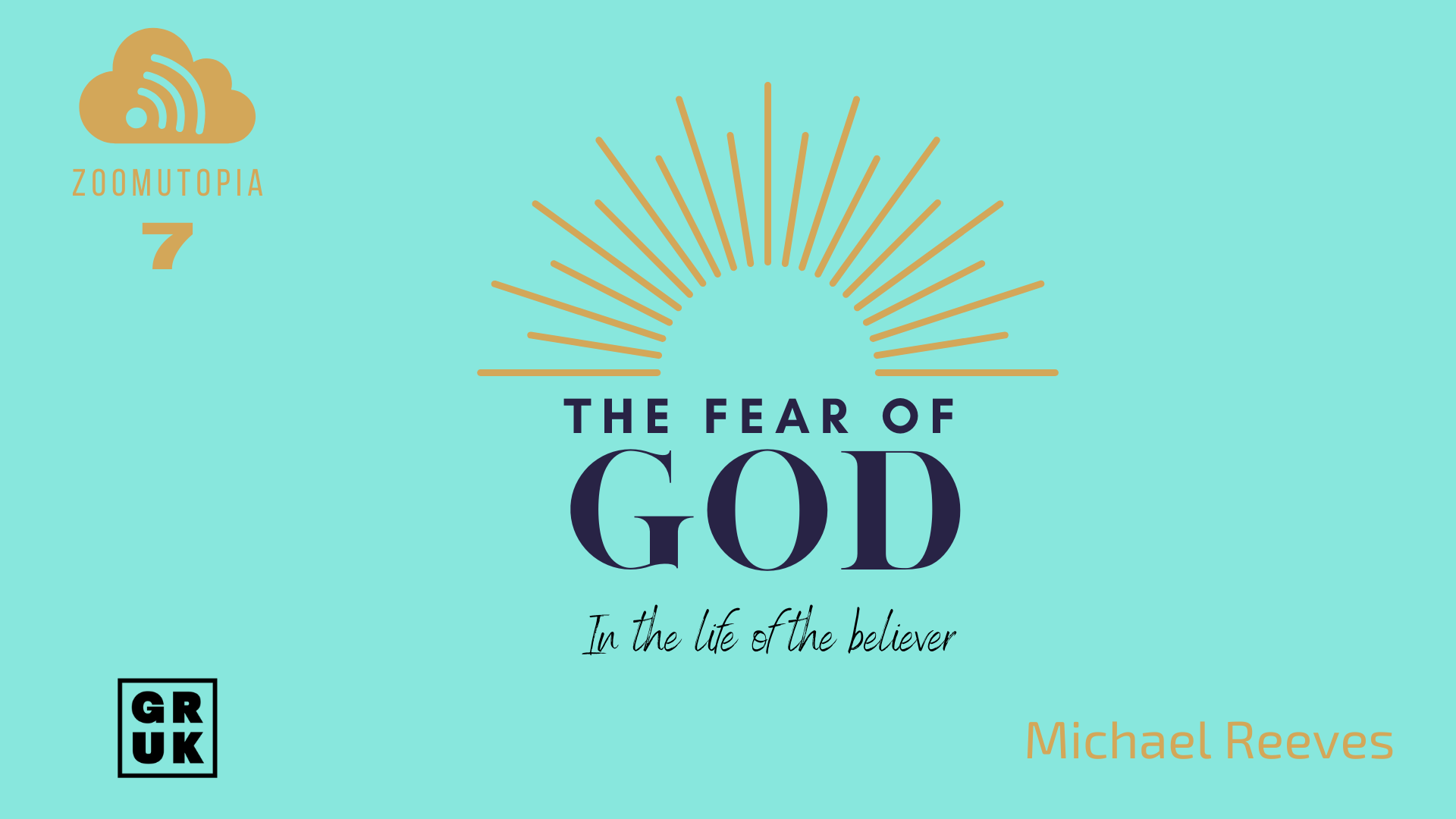Understanding the Apocalypse
On Tuesday 26th January 2021 at 7pm, Zoomutopia 5 will take place! Rev Matthew Roberts will be speaking on “Why the End of the World is Good News.” To whet your appetites for that, I am going to write a little about a book of the Bible which is often associated with the end of the world – Revelation.
This book, like marmite, divides people! Some love it and are deeply fascinated by it; others are utterly bewildered and frightened of it. My guess is that many Christians fall into the latter category. Whereas much of the Bible seems, to a degree, straightforward, Revelation strikes us as bizarre and incomprehensible.
But Revelation is to be understood. More, it is the only book in the Bible in which a blessing is pronounced on the one who reads and obeys it – 1:3 and 22:7. My aim, in this blogpost, therefore, is to make you at least a little less frightened of it and, hopefully, more ready to read it.
The book of Revelation is an apocalyptic pastoral letter. The word “apocalyptic” means “an unveiling” - it is like a curtain being removed. We get a glimpse of what is actually going on. Vern Poythress in his excellent book, “The Returning King” (possibly the best short-ish one out there, and certainly very insightful), says: “Revelation gives us a look behind the obscuring curtain of civilising and moderating ploys that conceal our deepest allegiances.” What is really going on in the world? Get a glimpse of the glorious risen Christ, the throne-room of God, the ugliness but ultimate demise of the evil one, the breath-taking destiny of God’s people and you will truly understand history.
Apocalyptic literature works in pictures – as my old minister (Ian Hamilton) says, “It is an impressionistic painting, not a railway timetable.” John writes down what he saw; we are to see what he saw! That means that the idea is not to work out every detail, but to see the picture.
But it is also a pastoral letter to the seven churches in Asia. It communicates the grace and peace of God. It is calculated to encourage God’s persecuted people and wake up God’s slumbering people.
Here are a number of key things to help you read the book:
Symbolism. The revelation is “signified” to John (1:1). Though the book refers to literal events, it does so in symbolic ways. One way in which this is seen is through the use of numbers. The number 7 crops up everywhere because it signifies fulness. There is also specified lengths of time – 42 months, 1260 days, a time, times and half a time (3 ½ times). Interestingly each of those is equivalent to 3 ½ years which is half of 7. This isn’t a literal 3 ½ years – it indicates a shortened time in which the church is under pressure but preserved.
Old Testament. It can quite easily be argued that there are more Old Testament references in Revelation than there are verses! It is saturated with the Old Testament. It is as if all the Old Testament events and pictures come together in one blockbuster film (if you like Marvel films, think of “Endgame”). Before I preached on the book of Revelation I had already preached on Daniel. I found that helped me understand the book better.
The Spiral Staircase. The book of Revelation works in cycles which increase in intensity. The book is therefore cyclical; but not just cyclical – it is leading to a climax. This is why we have cycles of judgment each ending with a mini-climax of the coming of Christ. But each of those mini-climaxes increase in their focus on the end, with the glorious climax of the New Heavens and New Earth.
Counterfeit. Satan cannot produce anything original since he is not the Creator. He is a counterfeit god. Interestingly, we get a counterfeit trinity – the Dragon (counterfeit Father), the beast (counterfeit Son) and the false prophet (counterfeit Holy Spirit, also described as a beast in 13:11-18). We also get a counterfeit church. At the end of the book, the church is described as a glorious bride and the magnificent New Jerusalem; but before that we encounter the prostitute, Babylon, whose demise is dreadful. To which do you belong?
The Message. In Poythress’ words: “God rules history and will bring it to its glorious completion in Christ.” The book of Revelation is about God’s sovereignty. That is why we are given a vision of the Heavenly Control Tower in chapters 4-5. Even evil is under his dominion – the authority of all those who attack God’s church is given to them. That means that Jesus Christ has won and will win. He will bring in the New Heavens and New Earth despite the Dragon’s best efforts to destroy God’s people.
The Application. In the light of God’s unabridged sovereignty and Christ’s certain and glorious victory, keep going. Don’t be deceived by the outward attractiveness of the world – it is ugly and doomed. And don’t let go in the midst of pressure – it will come to an end; Jesus is coming back soon! A glorious future awaits all those who overcome.
You’ll notice I only have 6 points and not 7 – rather disappointing, eh? Well, this blogpost is certainly incomplete – more reason to join Zoomutopia 5 on 26th January!













